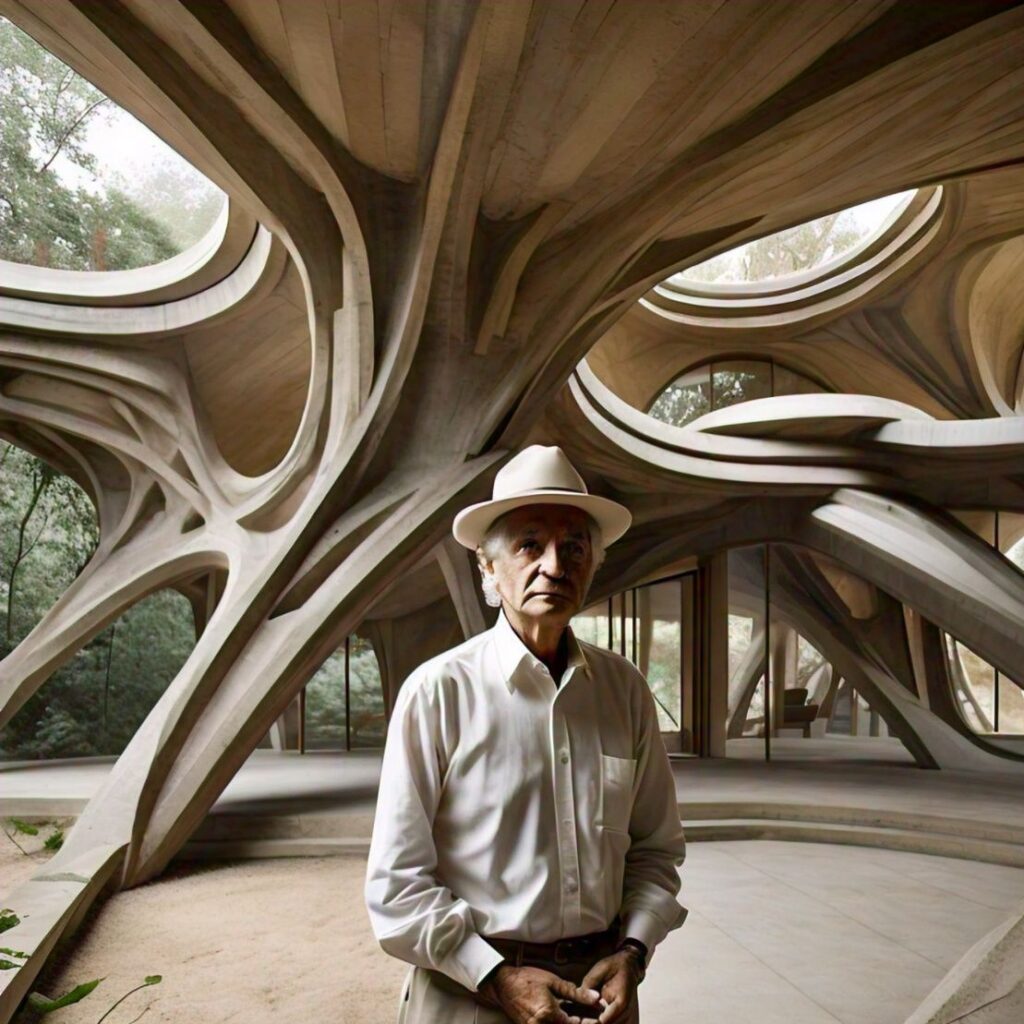Frank Lloyd Wright, a towering figure in architectural history, revolutionized the field with his innovative approach to design. His philosophy of organic architecture emphasized harmony between human habitation and the natural world. At DESIGNEU, we draw inspiration from Wright’s groundbreaking concepts. Let’s explore how his visionary designs continue to influence modern architecture..
Frank Lloyd Wright’s design philosophy was rooted in the idea that architecture should blend seamlessly with its surroundings. His commitment to integrating natural elements into his buildings set new standards in residential design. Wright’s use of horizontal lines, open spaces, and natural materials created a sense of unity between the built environment and nature.
Key Contributions:
➢ Fallingwater (1935): Perhaps Wright’s most famous work, Fallingwater is an architectural masterpiece that integrates a house with a waterfall in Pennsylvania. The design features cantilevered terraces that appear to float above the cascading water, embodying Wright’s principles of organic architecture.
➢ Guggenheim Museum (1959): The Solomon R. Guggenheim Museum in New York City is another iconic project that showcases Wright’s innovative vision. The museum’s spiraling form and skylight create a unique spatial experience, challenging conventional museum design.
Wright’s principles of organic architecture and open floor plans have profoundly impacted residential and commercial design. His emphasis on integrating buildings with their natural environment and using innovative materials continues to inspire architects around the world.
Frank Lloyd Wright’s contributions to architecture are timeless, offering a blueprint for designing spaces that harmonize with nature. At DESIGNEU, we honor his legacy by incorporating elements of organic design into our projects.
Inspired by Frank Lloyd Wright’s innovative approach? Contact us to explore how we can integrate elements of organic architecture into your next project.

